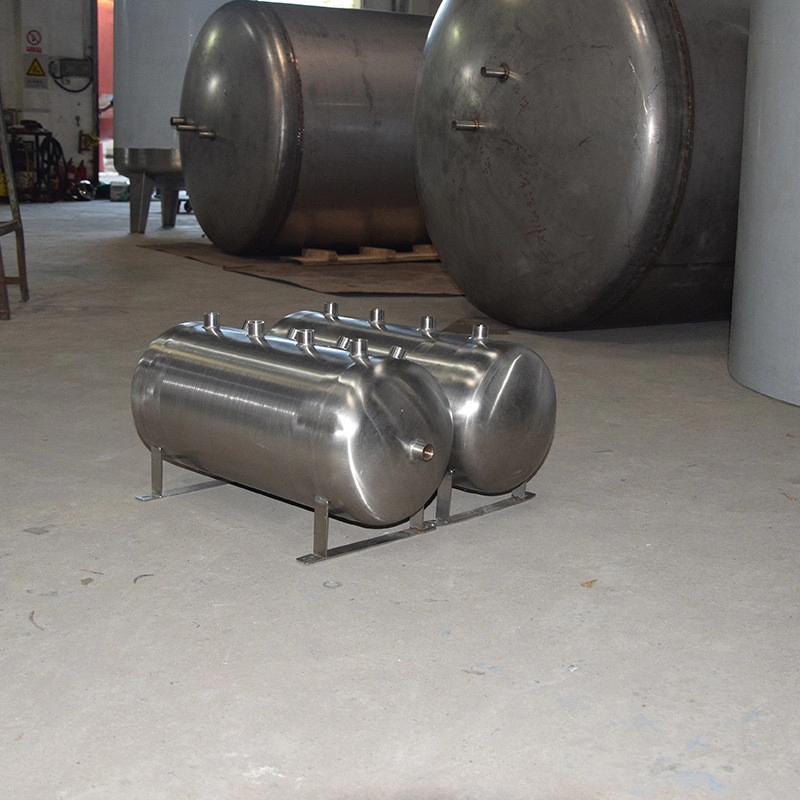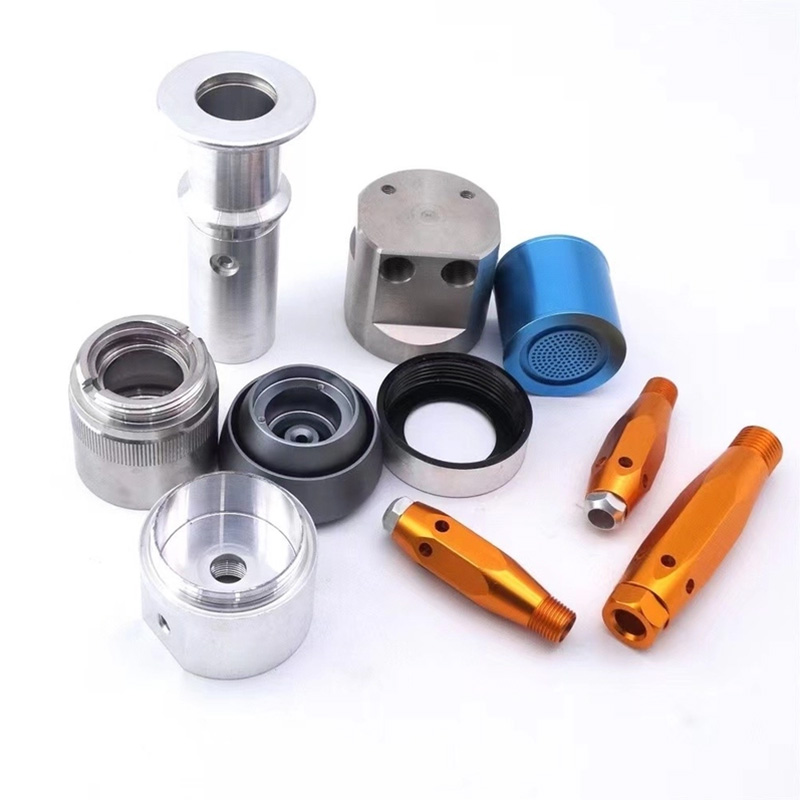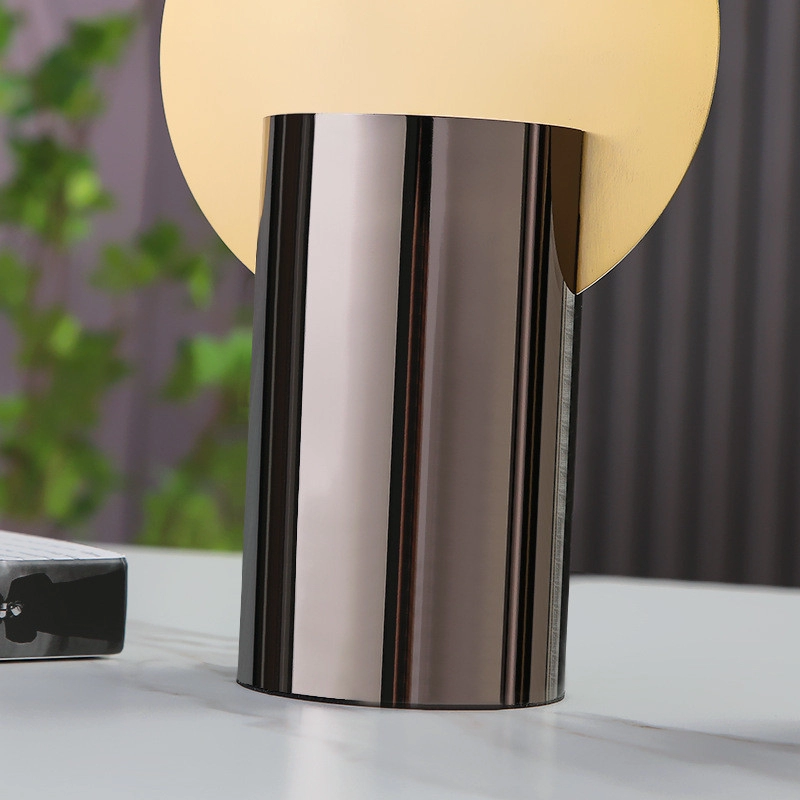Why Defects Haunt Your Die Casting Mould (And Why It Costs You $Thousands)
Thin walls, complex geometries, and high-pressure environments make die casting moulds prone to costly defects. Studies show that rework costs for casting flaws like porosity or cold shuts can spike production expenses by 15-30% :cite[10]. Worse yet, persistent issues like mold sticking or thermal cracking force unplanned downtime—slashing output capacity.
Interestingly, many engineers blame alloy quality first. But our 2023 project with a Guangdong auto parts supplier revealed that 70% of recurring defects traced back to mold design or process parameters, not material :cite[3]. Let’s dissect four critical flaws and their battle-tested solutions.
Defect 1: Cold Shuts & Incomplete Filling
The Problem: Metal streams solidify before merging, creating weak seams or short shots. Common in thin-wall castings under 1mm thickness :cite[8].
The Fix: Optimize Gating & Boost Flow
Step 1: Switch to tangential/split gating designs—they distribute melt evenly compared to finger gates :cite[8].
Step 2: Increase gate speed by 10-15% and metal temperature by 20-30°C (within alloy limits).
Step 3: Add overflow pockets at weld line zones to capture cold material.
Warning: Avoid Overheating!
Excessive temps accelerate mold erosion. Use thermocouples to verify actual cavity temps match settings.
Case: Thin-Wall Laptop Housing (0.8mm)
By implementing a 6-runner split gating system and raising fill speed to 45m/s, defect rates dropped from 18% to 3% :cite[8]. Solidification simulations (MAGMAsoft) proved critical here.
Defect 2: Mold Sticking & Soldering
The Problem: Alloy welds onto cavity surfaces, causing tearing and delayed cycles. Accounts for ~25% of mold downtime :cite[10].
The Fix: Coatings, Chemistry & Cooling
Step 1: Apply TiAlN or CrN PVD coatings to cores—they reduce aluminum adhesion by 40% :cite[10].
Step 2: Adjust release agent concentration to 80-100:1 (water:agent). Over-dilution causes sticking.
Step 3: Ensure uniform mold cooling. ±10°C variation across sections triggers uneven contraction.
Case: Truck Transmission Housing at Walker Die Casting
After battling release failures on their 57-kg part, Walker redesigned cooling channels and adopted nano-ceramic coatings. Result? 99% uptime on their 4500T die casting mould :cite[3].
Defect 3: Porosity & Shrinkage Cavities
The Problem: Gas entrapment or poor feeding creates bubbles or voids, killing mechanical strength.
The Fix: Vent Smart & Control Solidification
Step 1: Add vacuum valves or stepped vents (0.15-0.25mm deep) along parting lines.
Step 2: Position overflows near thick sections to draw porosity away from critical zones.
Step 3: Optimize intensification pressure profile—hold peak for 3-5 sec during solidification.
| Approach | Porosity Reduction | Cost Impact |
|---|---|---|
| Vacuum-Assisted Casting | 60-80% | High ($100K+ system) |
| Overflow Optimization | 40-50% | Low (design-only) |
Defect 4: Thermal Cracking & Erosion
The Problem: Cyclic heating/cooling stresses create surface cracks. Especially bad with high-Si alloys like ADC14 :cite[10].
The Fix: Temperature Control & Alloy Tweaks
Step 1: Preheat molds to 180-220°C (aluminum) or 150-180°C (zinc).
Step 2: For Al-Si alloys, reduce Si content to 9-11% or use eutectic modifiers.
Step 3: Cycle molds offline every 50k shots for stress-relief annealing.
Our 2025 Fix: A Shenzhen client saw cracks vanish after we added conformal cooling and switched from ADC14 to A380 alloy. Tool life jumped from 80K to 220K shots.
Your Die Casting Mould Rescue Checklist
- ☑ Gating audit: Use MAGMA/FLOW-3D to simulate fill patterns
- ☑ Verify vent depth ≤0.25mm and clearance ≥30mm² per cavity
- ☑ Confirm mold temp variation ≤10°C across critical sections
- ☑ Coat cores with ceramic or PVD (TiAlN preferred)
- ☑ Profile intensification pressure: ≥80MPa hold for 3+ seconds
FAQs: Die Casting Mould Defect Solutions
Q: Why does my thin-wall casting crack after ejection?
A: Likely uneven cooling or excessive dwell time. Reduce wall thickness variation and limit dwell to 2s per mm :cite[10].
Q: Can I machine >0.25mm from ADC12 bore surfaces?
A: Not advised! The Si-rich surface layer (0.2-0.9mm) acts as a bearing face. Deeper cuts expose soft Al, causing wear failure :cite[10].
Q: How often should I anneal my die casting mould?
A: Every 50k shots for aluminum; 100k for zinc. More frequently if casting high-melting-point alloys like brass.







